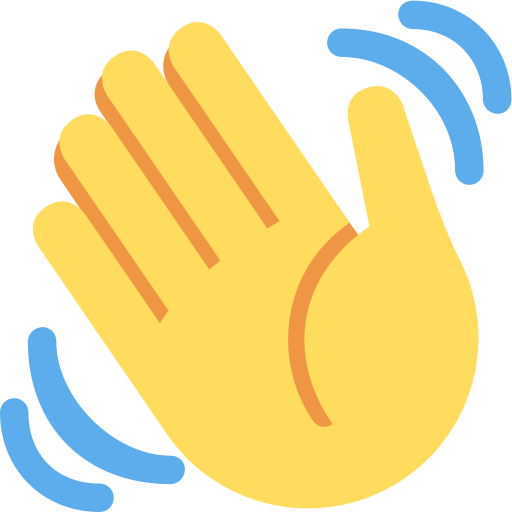Veterans, Minorities, Women & Small Businesses
If your business needs less than $50,000 of capital, has a good credit score, and a business plan, you should consider applying for an SBA Microloan.
The U.S. Small Business Administration has a separate program for small loans that can benefit small businesses.
What Is an SBA Microloan & How It Works
The SBA Microloan Program aims to offer loans between $500 and $50,000 to small businesses and startups. These loans are provided by an intermediary nonprofit lender. The SBA lends the money to the intermediary, which then lends the money to you, the borrower.
For 2017, the average amount of SBA microloans was close to $14,000. You can use a Microloan to purchase equipment, machinery, furniture, supplies, and other fixed assets, as well as for working capital.
Who Is the SBA Microloan Right For?
While many of these loans are intended to help minorities, women, veterans, low-income, or other represented groups, the SBA Microloans are also available to any for-profit small business.
If you have a non-profit child center, you also qualify for a Microloan. If you come across the term SBA startup loan, it is the same thing as the Microloan.
The agency leaves a lot of discretion to intermediary SBA lenders to decide the terms and which borrowers should receive Microloans.
The SBA does not even review the loan applications for creditworthiness.
Who Is Eligible to Apply?
The SBA Microloans generally follow the SBA loan requirements, but since the money is given out through an intermediary, the Administration allows the lender to make their own qualification criteria.
However, the amount of your loan will ultimately depend on what you intend to use the money for, as well as your creditworthiness.
How to Apply for an SBA Microloan
To apply for an SBA microloan, you first need to find an intermediary. To ease your search, the SBA has an active intermediary search tool that shows the approved lenders in each state. You can also check the SBA’s list of the top 25 intermediaries for Microloans.
Once you have an intermediary lender for your microloan, they will walk you through the application process, including the documents you need to prepare for submission.
Typically, this process takes about three weeks and sometimes longer, so if you are looking for speedier financing, you should consider quick business loan options.
The Pros and Cons of SBA Microloans
Knowing whether a Microloan is right for you, depends on the positives and negatives associated with it. Below are the main pros and cons.
Advantages of SBA Microloans
- Long repayment terms
- Low interest rates
- Suitable for freelancers, sole proprietorships, and companies with few employees
- Good for businesses with limited credit history
- Suitable for traditionally underserved entrepreneurs, such as veterans, people with disabilities, minorities, and women
- Both established businesses and startups are eligible to apply
DIsadvantages of SBA Microloans
- Not a good choice if you need more than $50,000 in capital
- Processing your application can take at least several weeks
- You need to have a solid business plan
- The loan cannot be used to refinance debt or purchase real estate
- You need to provide collateral
The Bottom Line
Microbusinesses, startups, and minorities alike can really benefit from SBA Microloans since they are not restricted to specific industries and many businesses qualify.
If you can’t get approval for a traditional bank loan or another SBA loan program, you can still try the Microloans. The interest rates are low, and the repayment terms are long, so you will not be overwhelmed while repaying your loan.
Microloans may not be sufficient to cover your capital needs, but they can be a game changer in helping you move in the right direction for your business.
That’s how you survive and then thrive!
Sign Up For SBA Emergency Loan Info & Other News



